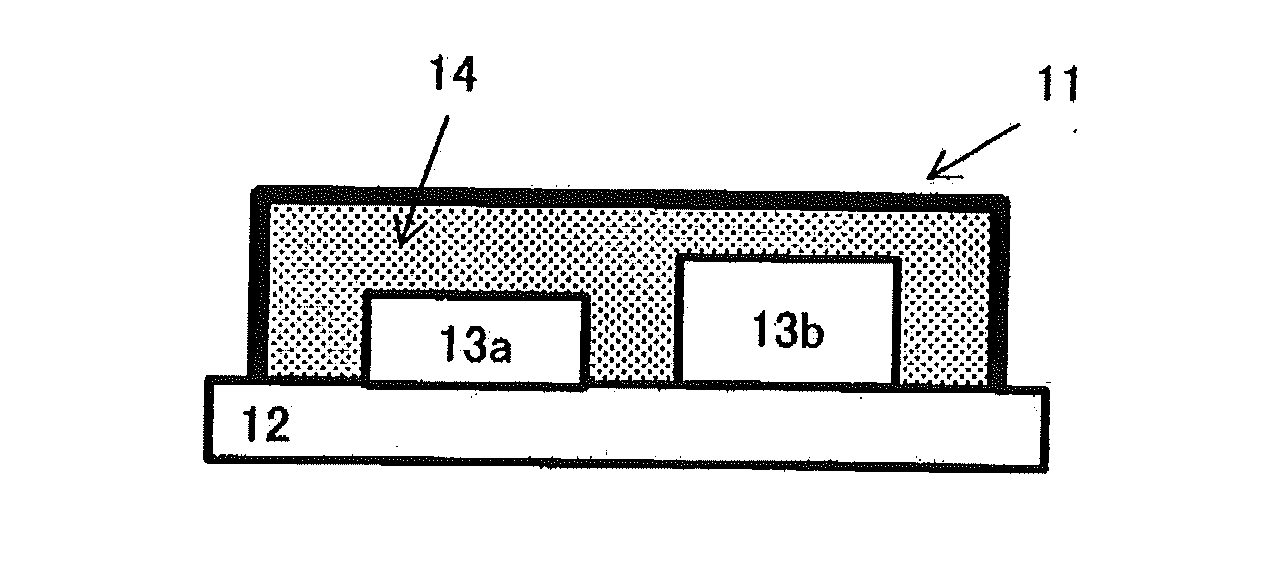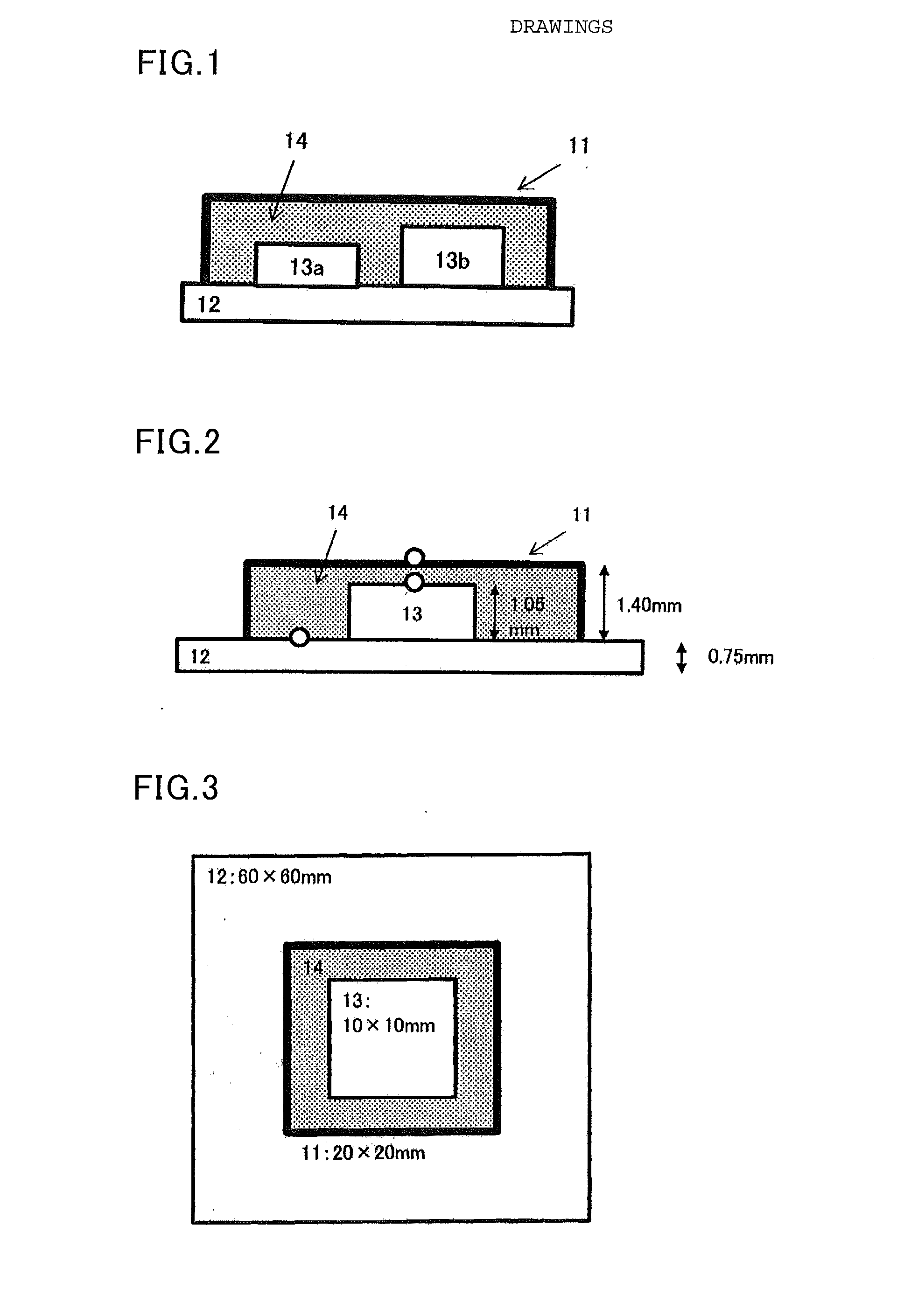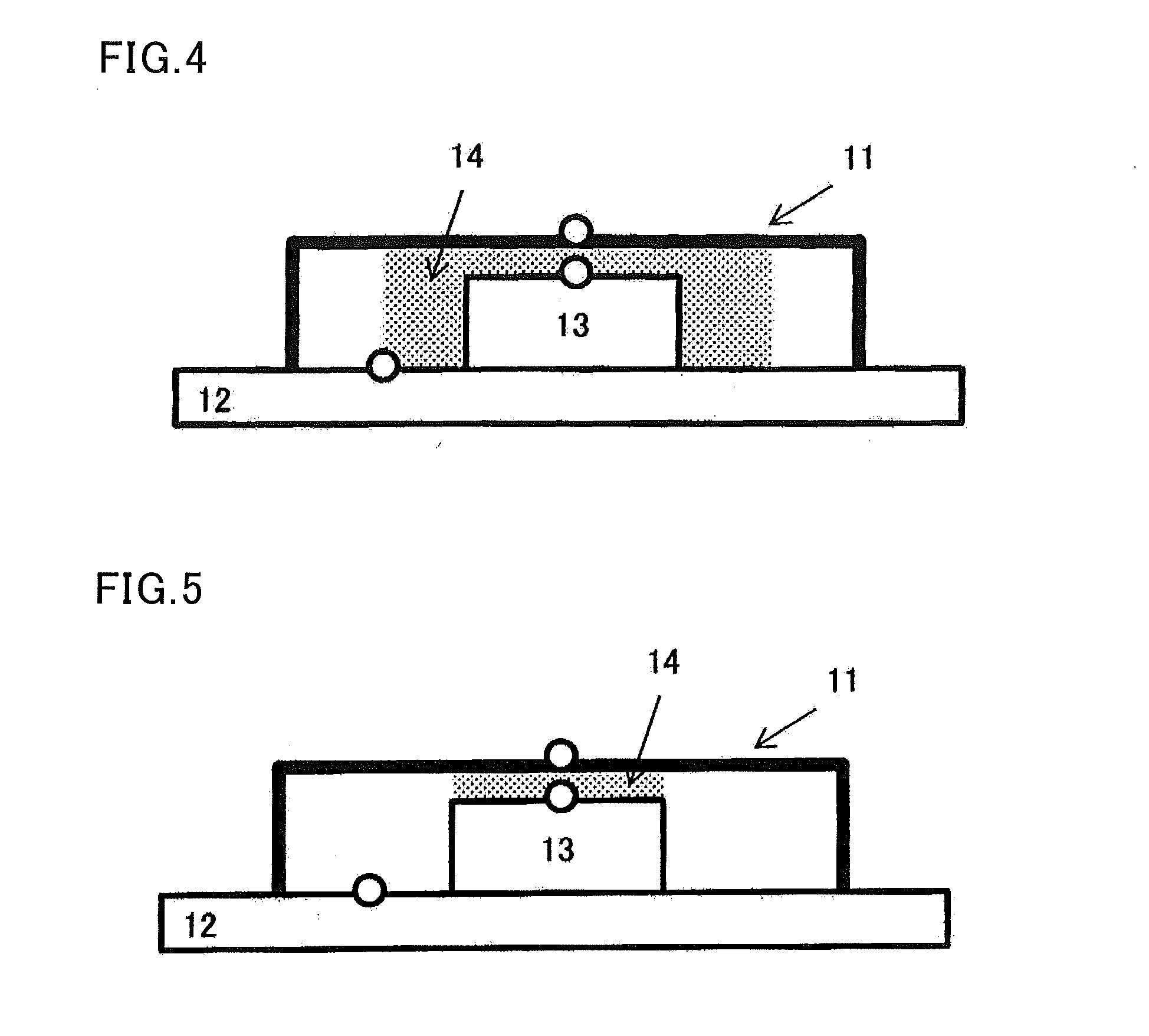Heat dissipation structure
- Summary
- Abstract
- Description
- Claims
- Application Information
AI Technical Summary
Benefits of technology
Problems solved by technology
Method used
Image
Examples
examples
[0088]Embodiments and effects of the present invention are described below by reference to examples, but the present invention is not limited to these examples.
(Synthesis 1)
[0089]In a nitrogen atmosphere, a 250-L reactor was charged with CuBr (1.09 kg), acetonitrile (11.4 kg), butyl acrylate (26.0 kg), and diethyl 2,5-dibromoadipate (2.28 kg), and the mixture was stirred at 70° C. to 80° C. for about 30 minutes. Then pentamethyldiethylenetriamine was added to the mixture and a reaction was started. After 30 minutes from the start of the reaction, butyl acrylate (104 kg) was continuously added to the mixture over two hours. During the reaction, pentamethyldiethylenetriamine was added as needed so that the internal temperature was maintained at 70° C. to 90° C. The total amount of pentamethyldiethylenetriamine used up to this point was 220 g. After four hours from the start of the reaction, the mixture was heated while stirring under reduced pressure at 80° C. to remove volatile matte...
examples 5 and 6
[0098]The resin (I-1) obtained in Synthesis 1 (90 parts by weight), the resin (I-2) obtained in Synthesis 2 (10 parts by weight), a plasticizer (Monocizer W-7010 available from DIC; 100 parts by weight), an antioxidant (Irganox 1010; 1 part by weight), and thermally conductive fillers shown in Table 2 were sufficiently stirred and kneaded with hands. Then the mixture was dehydrated under vacuum while kneading under heat using a 5-L butterfly mixer. After the completion of dehydration, the mixture was cooled and mixed with a dehydrating agent (A171; 2 parts by weight) and curing catalysts (tin neodecanoate and neodecanoic acid; 4 parts by weight each). Thus, a thermally conductive curable resin composition was obtained. After the obtained thermally conductive curable resin composition was measured for viscosity and thermal conductivity, the thermally conductive curable resin composition was filled in simple models as shown in FIGS. 4 and 5, and the temperature and the presence or abs...
example 7
[0106]The resin (I-1) obtained in Synthesis 1 (100 parts by weight), a plasticizer (DIDP available from J-PLUS Co., Ltd.; 100 parts by weight), an antioxidant (Irganox 1010 available from Ciba Japan K.K.; 1 part by weight), and thermally conductive fillers (AS-40 (alumina available from Showa Denko K.K.) / zinc oxide (available from Sakai Chemical Industry Co., Ltd)=1070 / 500 (parts by weight)) were sufficiently stirred and kneaded with hands. Then the mixture was dehydrated under vacuum while kneading under heat using a 5-L butterfly mixer. After the completion of dehydration, the mixture was cooled and mixed with a dehydrating agent (A171 available from Dow Corning Toray Co., Ltd.; 4 parts by weight) and a curing catalyst (tin neodecanoate U-50H available from NITTO KASEI KOGYO K.K.; 4 parts by weight). Thus, a thermally conductive curable resin composition was obtained. Table 3 shows the evaluation results.
PUM
| Property | Measurement | Unit |
|---|---|---|
| Temperature | aaaaa | aaaaa |
| Power | aaaaa | aaaaa |
| Energy | aaaaa | aaaaa |
Abstract
Description
Claims
Application Information
 Login to View More
Login to View More - R&D
- Intellectual Property
- Life Sciences
- Materials
- Tech Scout
- Unparalleled Data Quality
- Higher Quality Content
- 60% Fewer Hallucinations
Browse by: Latest US Patents, China's latest patents, Technical Efficacy Thesaurus, Application Domain, Technology Topic, Popular Technical Reports.
© 2025 PatSnap. All rights reserved.Legal|Privacy policy|Modern Slavery Act Transparency Statement|Sitemap|About US| Contact US: help@patsnap.com



